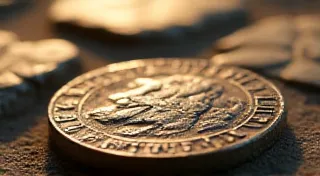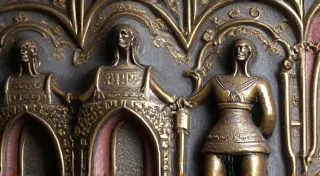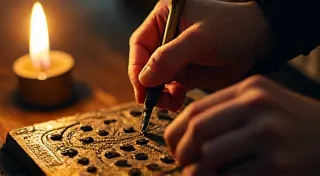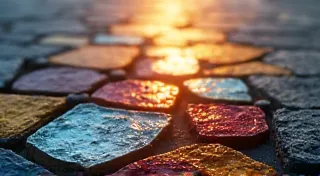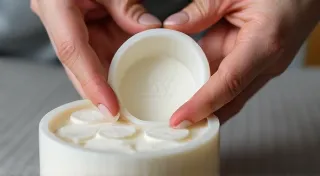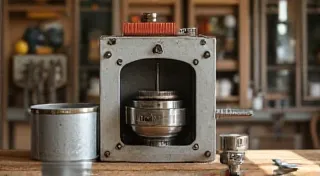Replicating Roman Coin Design: Understanding Relief and Details
Creating accurate Roman coin replicas goes far beyond simply pouring molten metal. The true artistry lies in faithfully reproducing the intricate designs that adorn these fascinating historical artifacts. This article focuses on replicating relief details – the portraiture, inscriptions, and symbolic imagery – essential to capturing the spirit of ancient Rome. We’ll explore techniques to transfer designs, scale them correctly, and reproduce the nuance of Roman artistry. Let’s delve into how to bring history to life in your coin replicas.
The Importance of Relief in Roman Coinage
Roman coins weren't flat, featureless discs. The raised relief elements – the portraits of emperors, the personifications of deities, the inscriptions – communicated vital information. These details conveyed imperial power, religious beliefs, and significant historical events. A poorly replicated relief diminishes the authenticity and impact of your coin replica. Understanding the principles of relief sculpting in Roman coinage is the first crucial step.
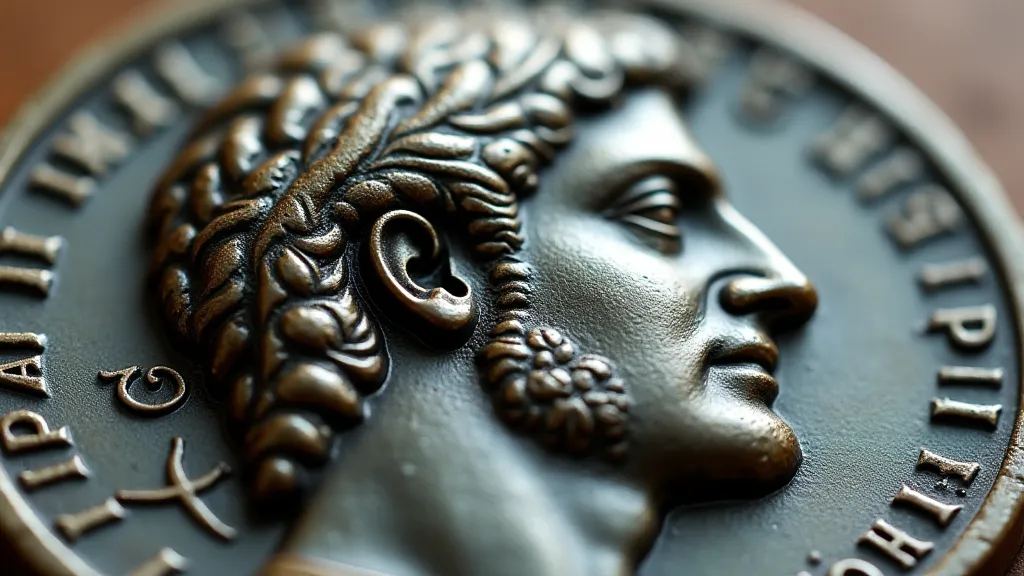
Transferring the Design: From Original to Replica
Several methods exist for transferring the designs from original Roman coins or high-quality images to your replica molds. Here are a few approaches:
- Rubbing: For originals (handled with extreme care!), a rubbing can be made using graphite paper and tracing paper. This captures the surface details.
- Image Tracing: High-resolution images are readily available online. These can be printed and traced onto durable material.
- Digital Design: Using image editing software, you can manipulate and refine the design, correcting any imperfections or adapting it for your chosen scale.
- Projection: Projecting the image onto your mold material and tracing it is another viable option, especially for larger replicas.
Whatever method you choose, accuracy in transferring the design is paramount. Remember to account for any shrinkage that may occur during the metal casting process.
Scaling and Proportion: Maintaining Historical Accuracy
Reproducing the correct scale is vital. While you can create larger-than-life replicas for artistic purposes, the impact is strongest when the scale is accurate. Measure the diameter of the original coin you're replicating, and carefully scale your mold accordingly. Pay close attention to the proportions of the figures and inscriptions. A slightly out-of-proportion figure can significantly detract from the overall accuracy of your replica.
Replicating Portraiture: Capturing the Likeness
Roman coins are famed for their portraiture. The emperors’ faces were meticulously sculpted to convey power and authority. Replicating these portraits requires a keen eye for detail. Observe the subtle nuances of the facial features: the shape of the nose, the curve of the mouth, the texture of the hair. Consider the direction of the light and how it highlights the relief features.
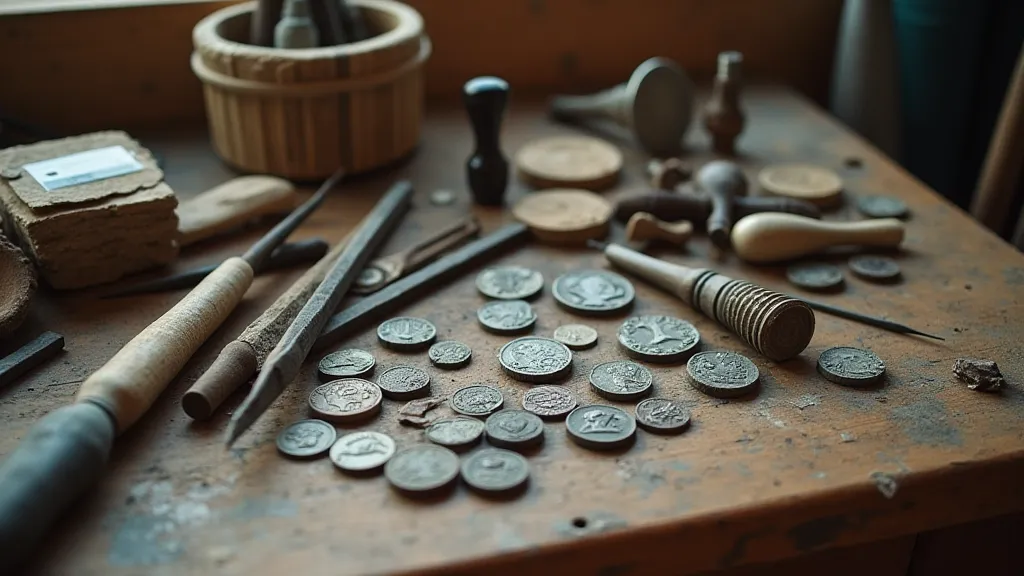
The Art of Inscriptions and Symbols
Roman coins are not just portraits; they are also filled with inscriptions and symbolic imagery. The inscriptions, typically in Latin, identified the emperor, commemorated events, or conveyed messages of imperial propaganda. Symbols, such as eagles, laurel wreaths, and personifications of Roman virtues, reinforced these messages. Ensure your replicas accurately represent these inscriptions and symbols. While complete linguistic accuracy isn't always possible without specialized knowledge, strive for legibility and the correct arrangement of the characters.
Casting Techniques and Surface Finish
The casting process itself can influence the final appearance of the relief details. A casting process that produces a rough surface finish will obscure the carefully replicated relief. Experiment with different casting techniques and post-casting finishing methods (polishing, sandblasting) to achieve the desired level of detail and surface texture. A lightly textured surface often enhances the feeling of authenticity.
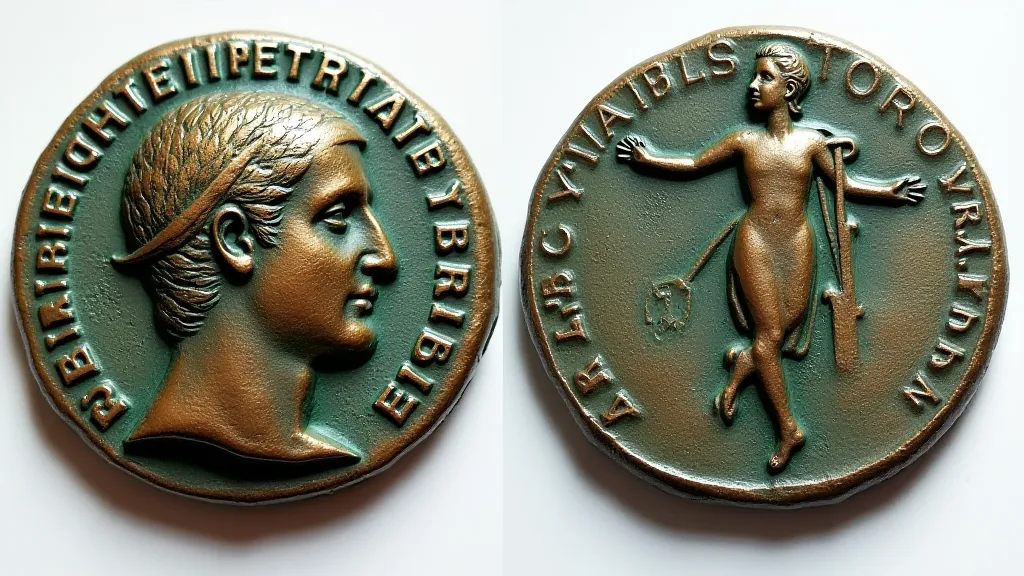
Conclusion
Replicating Roman coin design is a challenging but rewarding craft. By focusing on the nuances of relief, carefully scaling designs, and paying attention to the subtleties of portraiture, inscriptions, and symbolism, you can create replicas that capture the essence of ancient Roman artistry. With practice and a keen eye for detail, your coin replicas will be not just accurate reproductions, but also tangible links to a fascinating chapter in human history.
